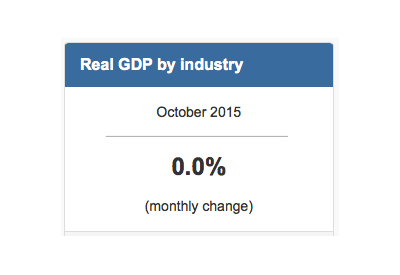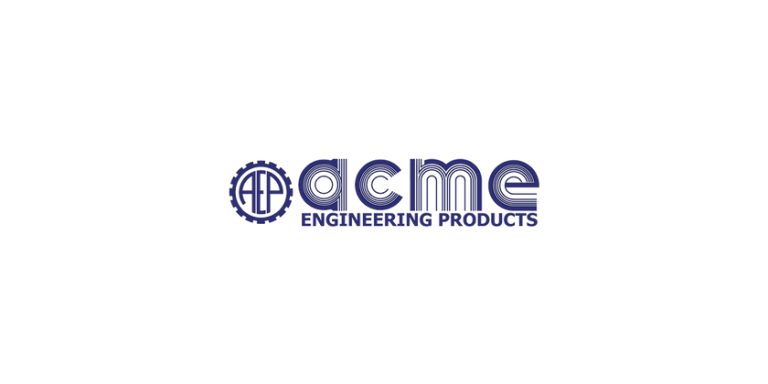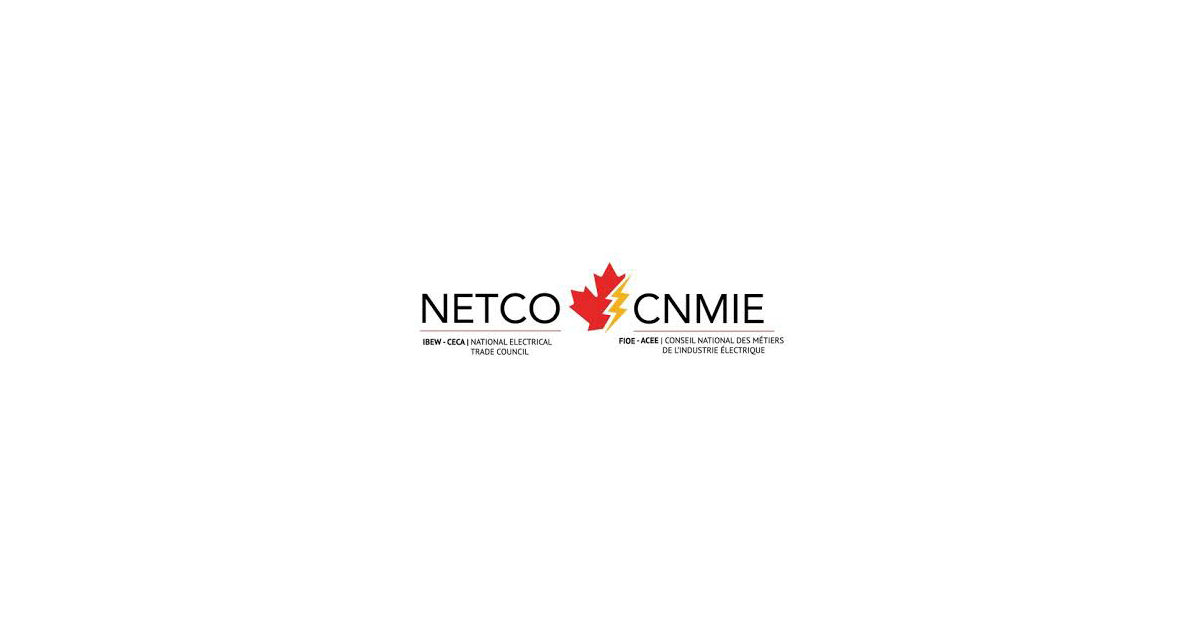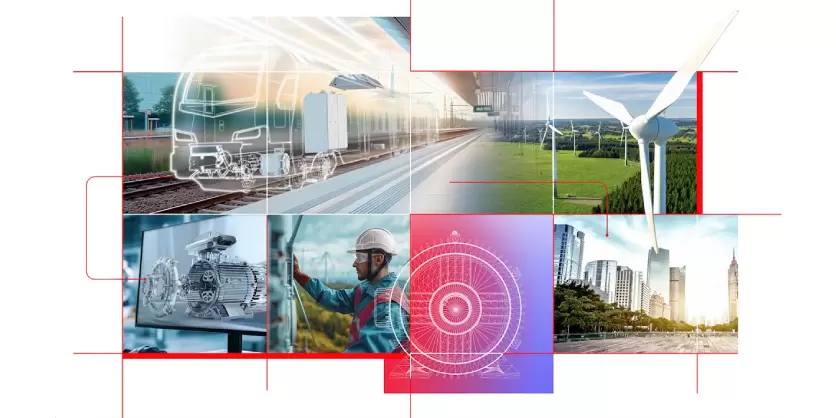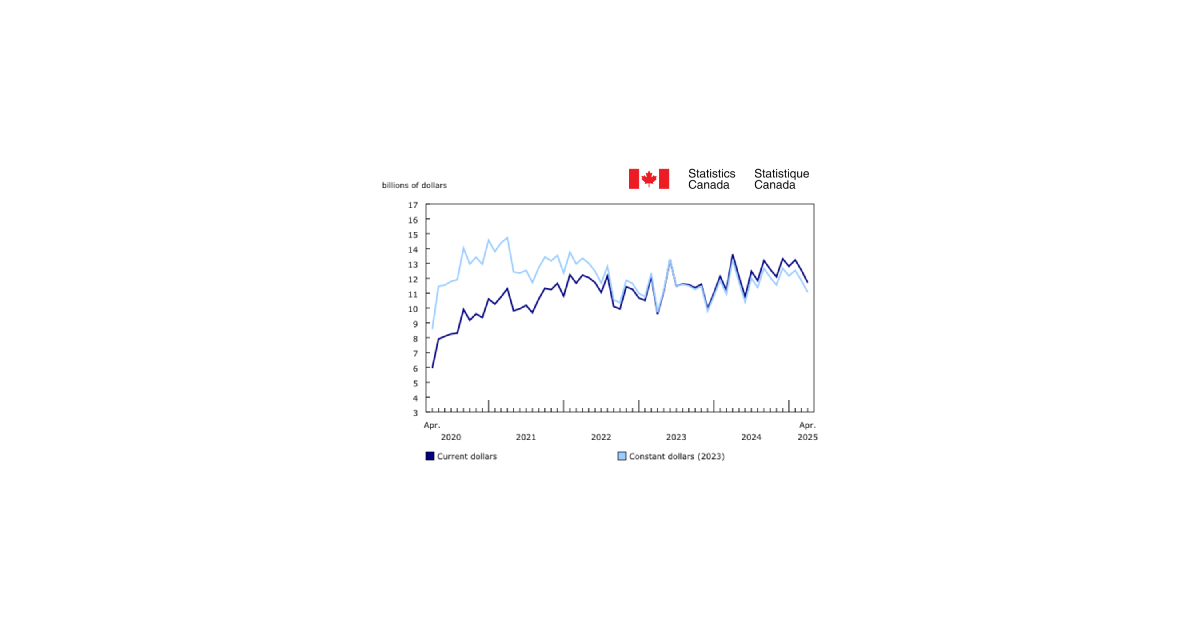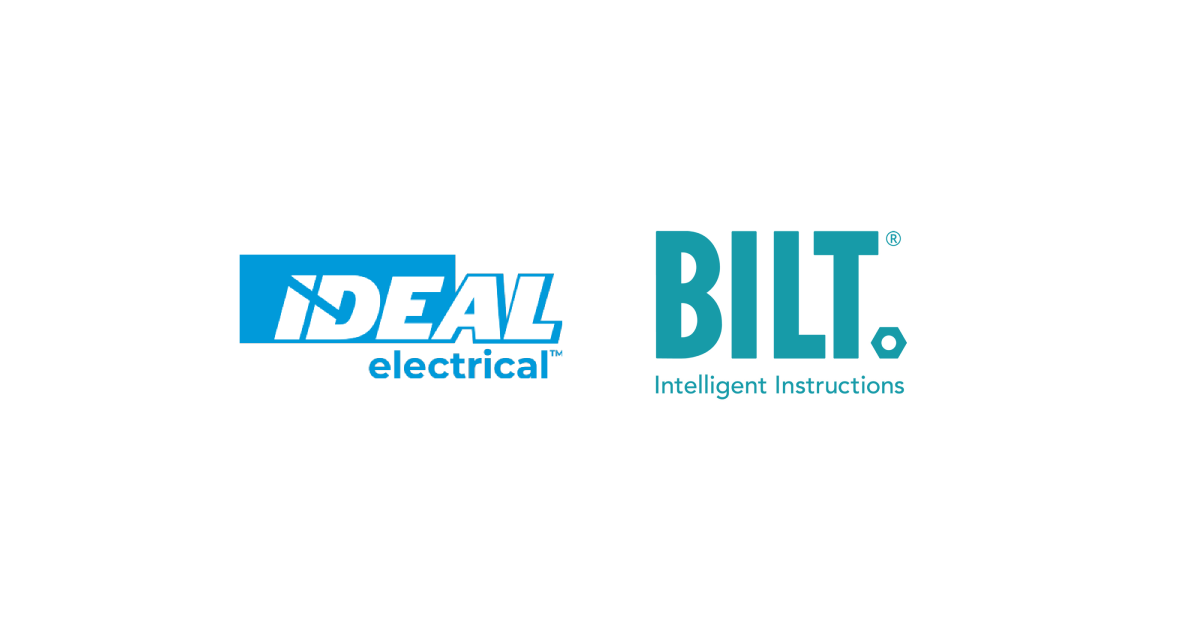Guide to the Canadian Electrical Code, Part I — Instalment 48

Apr 7, 2019
By William (Bill) Burr
The Code is a comprehensive document. Sometimes it can seem quite daunting to quickly find the information you need. This series of articles provides a guide to help users find their way through this critical document. This is not intended to replace the notes in Appendix B or the explanations of individual requirements contained in the CEC Handbook** but will hopefully provide some help in navigating, while reading the code. The 24th Edition of the CE-C, Part I, (C22.1-18)* is now available from CSA Group.
In this article: Annex J18, Part C. This annex is optionally permitted for use in additions, modifications, renovations or operation and maintenance of existing facilities employing the Division system of classification. The rules of Annex J18 are normative (mandatory) where used and amend or supplement other requirements of the Code. Additional informative (non-mandatory) information is contained in Annex JB. Due to the size of this annex, it is being discussed in multiple parts. This is Part C. Part A appeared in the February 12 issue of EIN; Part B, the March 12 issue.
Annex J18 is divided into four parts: General, Class I, Class II and Class III locations.
Class II, Division 1 Locations
Rules J18-200 to J18-226 apply to installations in Class II, Division 1 locations where, under normal operating conditions or abnormal operation or failure of equipment, combustible dust may be in suspension continuously, intermittently or periodically in sufficient quantities to produce explosive or ignitable mixtures, or conduct electricity. For additional information reference Appendix E.
Rule J18-100 requires that equipment installed in a Class II, Division 1 location be in accordance with Table 18.
Rule J18-202 requires that
• transformers and electrical capacitors containing a flammable liquid be installed in electrical equipment vaults in accordance with Rules 26-350 to 26-356, and have self-closing fire doors on both sides of the wall sealed to minimize dust intrusion, vent openings or ducts and suitable pressure relief openings communicating only with the air outside the building
• transformers and electrical capacitors that do not contain a flammable liquid be installed in electrical equipment vaults as above, or marked for use in Class II locations
• no transformer or capacitor be installed where dust from magnesium, aluminum, aluminum bronze powders, or other metals of similarly hazardous characteristics may be present
Rule J18-204 outlines wiring methods, in Class II, Division 1 locations and requires
• threaded rigid metal conduit or hazardous location cables with associated cable glands complying with Table 18
• explosion-proof boxes, fittings, marked for use in Class II locations, and joints threaded for connection to conduit and cable glands
• cables installed and supported to avoid tensile stress at the cable glands
• explosion-proof type flexible fittings, marked for use in Class II locations be used where necessary for flexible connections at motor terminals and similar places; and be protected by a sheath where subjected to oil or corrosive conditions
Rule J18-206 specifies the requirements for sealing in Class II, Division 1 locations and requires that communication between a raceway and a dust-tight enclosure be prevented by a permanent seal, a 3 m long horizontal section of raceway, or a vertical 1.5m long section of raceway extending downward from the enclosure.
Rule J18-208 requires that switches, motor controllers, circuit breakers, and fuses including push buttons, relays, and similar devices be provided with a dust-tight enclosure marked for use in Class II locations.
Rule J18-210 requires that transformers, impedance coils, and resistors located in a Class I, Division 1, used in conjunction with control equipment for motors, generators, and appliances, and any associated switching mechanism, be provided with a dust-tight enclosure marked for use in Class II locations.
Rule J18-212 requires that motors, generators, and other rotating electrical machines be marked for use in Class II locations.
Rule J18-214 outlines that
• every vent pipe for a motor, generator, other rotating electrical machine or enclosures for electrical equipment, be
◦ dust-tight throughout its entire length
◦ lead directly to a source of clean air outside a building
◦ be metal not less than 0.52 mm (No. 24 MSG) thick or equally substantial noncombustible material
◦ be screened at the outer end
◦ have protection against mechanical damage and corrosion
• the seams and joints of metal vent pipes be riveted and soldered, bolted and soldered, welded, or rendered dust-tight by some other effective means
• no exhaust pipe discharges inside a building
Rule J18-216 requires that utilization equipment be marked for use in Class II locations.
Rule J18-218 requires that
• luminaires and portable lighting be complete assemblies marked for use in Class II locations and have the maximum wattage clearly marked
• each luminaire be protected against physical damage by a suitable guard or by location
• pendant luminaires be
◦ suspended by and supplied through threaded rigid conduit stems
◦ threaded joints be provided with set screws or other effective means to prevent loosening, and
◦ for stems longer than 300 mm, provided with permanent and effective bracing against lateral displacement at a level not more than 300 mm above the lower end of the stem
◦ flexibility in the form of a suitable fitting or flexible connector situated not more than 300 mm from the point of attachment
• luminaires be supported by boxes, box assemblies, and fittings marked for use in Class II locations.
Rule J18-220 requires that flexible cords be extra-hard usage type, contain a bonding conductor and provided with glands marked for use in Class II, Division 1 locations, where entering a a box or fitting required to be dust-tight.
Rule J18-222 specifies receptacles and attachment plugs be marked for use in Class II locations.
Rule J18-224 requires that signal, alarm, remote control, and communication systems, meters, instruments and relays apparatus and equipment comply with Table 18 and that all wiring comply with Rules J18-204 and J18-206.
Rule J18-226 outlines that equipment marked with EPL Da may be installed in a Class II, Division 1 location with the same explosive dust atmosphere and temperature class.
Class II, Division 2 Locations
Rules J18-250 to J18-276 apply to installations in Class II, Division 2 locations where, under infrequent malfunctioning of handling or processing equipment, combustible dust may
• be present in quantities sufficient to produce explosive or ignitable mixtures but only for short periods of time, or
• develop combustible dust accumulations on equipment sufficient to interfere with safe dissipation of heat, or
• become ignitable by operational failure of equipment
For additional information reference Appendix E.
Rule J18-250 requires that equipment installed in a Class II, Division 2 location be in accordance with Table 18.
Rule J18-252 requires that
• transformers and electrical capacitors containing a flammable liquid be installed in electrical equipment vaults in accordance with Rules 26-350 to 26-356, and
• transformers and electrical capacitors not containing a flammable liquid be installed in electrical equipment vaults as above, or marked for use in Class II locations
• dry-core transformers be installed in electrical equipment vaults in accordance with Rules 26-350 to 26-356, and have winding and terminal connections enclosed in non-ventilated tight housings and operate at a maximum of 750 volt
Rule J18-254 outlines wiring methods, in Class II, Division 2 locations and requires:
• wiring methods of:
◦ threaded rigid metal conduit or hazardous location cables complying with Table 18
◦ type TC cable installed in cable tray in accordance with Rule 12-2202 and enclosed in rigid conduit where it leaves the cable tray
◦ armoured cable with overall non-metallic jacket, such as TECK90, ACWU90, copper-sheathed RC90, or aluminum-sheathed RA90
◦ control and instrumentation cables with interlocking metallic armour and continuous jacket in control circuits (Type ACIC)
◦ type CIC cable (non-armoured control and instrumentation cable) installed in cable tray installed in accordance with Rule 12-2202 (2), where the cable is rated 300 volts and the circuit voltage is 150 volts at 5 amps or less
◦ rigid RTRC conduit Type XW, with associated boxes, fittings, and joints marked with the suffix “–XW” and installed and serviced in industrial establishments, only by qualified persons, or
◦ heavy duty liquid-tight flexible metal conduit and connectors
• boxes and fittings in which taps, joints, or terminal connections are made be either enclosure Type 4 or 5, or have close-fitting covers to prevent the escape of sparks or burning material;
• cables installed and supported to avoid tensile stress at the cable glands; and
• compliance with Rule J18-204 (4),( a) and (c), and (5) where flexible connections are necessary.
Rule J18-256 requires raceways in Class II, Division 2 to be sealed in accordance with Rule J18-206.
Rule J18-258 requires that switches, motor controllers, circuit breakers, and fuses including push buttons, relays, and similar devices be provided with a Type 4 or 5, enclosure or have close-fitting covers to prevent the escape of sparks or burning material.
Rule J18-260 requires that
• switching mechanisms, including overcurrent devices, used in conjunction with control transformers, impedance coils, and resistors be provided with enclosures conforming to Rule J18-258, and tight housings without ventilating openings, where not located in the same enclosure
• resistors and resistance devices have dust-tight enclosures marked for use in Class II locations
Rule J18-262 requires that motors, generators, and other rotating electrical machines be marked for use in Class II, or Class II, Division 2 locations.
Rule J18-264 outlines that every vent pipe for a motor, generator, other rotating electrical machine, or enclosures for electrical equipment
• comply with Rule J18-214
• be sufficiently tight to prevent the entrance of dust into the ventilated equipment or enclosure, and prevent the escape of sparks, flame, or burning material igniting
accumulations of dust or combustible material
• permits lock seams, riveted or welded joints and tight-fitting slip joints where flexibility is necessary
Rule J18-266 requires that
• electrically heated utilization equipment be marked for use in Class II locations,
• motors of motor-driven utilization equipment conform to Rule J18-262,
• enclosure for switches, circuit breakers, and fuses conform to Rule J18-258.
• transformers, impedance coils, and resistors forming part of or used in connection with utilization equipment conform to Rule J18-260 (2) and (3).
Rule J18-268 requires that
• luminaires and portable lighting be complete assemblies marked for use in Class II locations and have the maximum wattage clearly marked
• each luminaire be protected against physical damage by a suitable guard or by location, and have enclosures for lamps and lampholders designed to minimize the deposit of dust on lamps and prevent the escape of sparks, burning material, or hot metal
• pendant luminaires be
◦ suspended by and supplied through threaded rigid conduit stems
◦ threaded joints be provided with set screws or other effective means to prevent loosening, and
◦ for stems longer than 300 mm, provided with permanent and effective bracing against lateral displacement at a level not more than 300 mm above the lower end of the stem
◦ flexibility in the form of a suitable fitting or flexible connector situated not more than 300 mm from the point of attachment, and
• luminaires be supported by boxes, box assemblies, and fittings marked for use in Class II locations; and
• starting and control equipment for mercury vapour and fluorescent lamps conform to Rule J18-260.
Rule J18-270 requires that flexible cords conform to Rule J18-220.
Rule J18-272 specifies that receptacles and attachment plugs be a polarized type that affords automatic connection to the bonding conductor of the flexible
supply cord; and is designed so that the connection to the supply circuit cannot be made or broken while live parts are exposed.
Rule J18-274 requires that
• signal, alarm, remote control, and communication systems, meters, instruments and relays contacts that interrupt other than voice currents be enclosed as per Rule J18-258
• the windings and terminal connections of transformers and choke coils carrying other than voice currents be provided with tight enclosures without ventilating openings
• resistors, resistance devices, thermionic tubes, and rectifiers carrying other than voice currents and exceeding 120 0 C, be provided with Class II dust-tight enclosures,
Rule J18-276 outlines that equipment marked with EPL Da, Db, or Dc may be installed in a Class II, Division 2 location with the same explosive dust atmosphere and temperature class.
In the next instalment, we will be discussing Part D of Annex J18 of Appendix J, Class II locations.
* The source for this series of articles is the Canadian Electrical Code, Part I, (C22.1-18) published by CSA.
** Note the CEC Handbook is also published by CSA.
William (Bill) Burr is the former Chair of the Canadian Advisory Council on Electrical Safety (CACES), former Director of Electrical and Elevator Safety for the Province of BC, and former Director of Electrical and Gas Standards Development and former Director of Conformity Assessment at CSA Group. Bill can be reached at Burr and Associates Consulting billburr@gmail.com.




